Chocolate is… who am I kidding — we all know what chocolate is. It’s sweet, delicious pleasure. But chocolate, this seemingly simple product has a rich and complex history which stems for almost 4,000 years. Before it took the beloved form we know today, chocolate had medicinal and ritualistic uses.
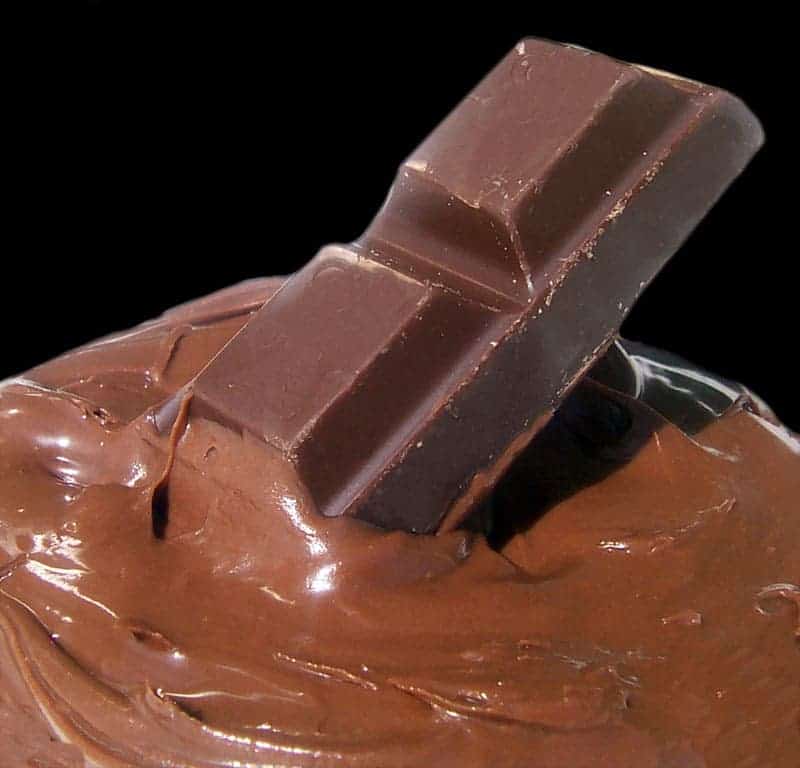
The Early Mesoamerican days
The Aztecs and the Maya believed that chocolate was discovered by the gods in the mountains and given to the people — and many people would agree with its divine nature. The Aztecs prized seeds so much they could be used as currency, while the Maya had a cacao god called Ek Chuaj. But the first mentions of chocolate go way back, much more than the Aztecs and the Maya.
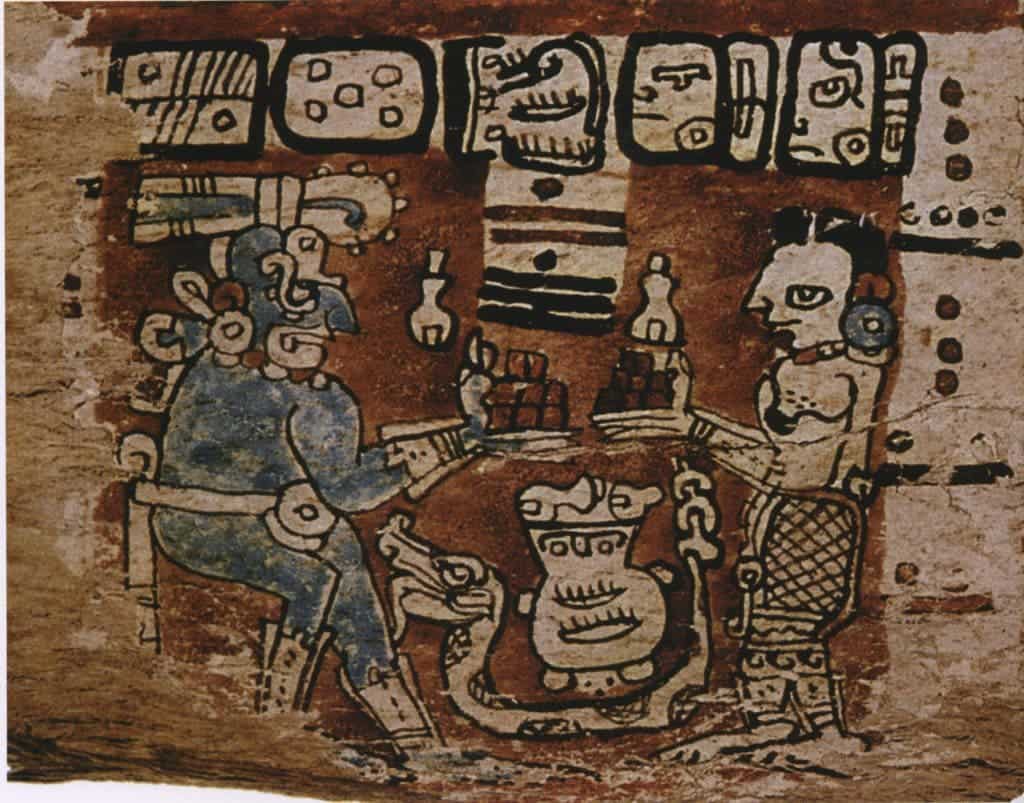
The first ground beans of the Theobroma cacao (cacao tree), can be traced to the Mokaya and other pre-Olmec people, with evidence of chocolate beverages dating back to 1900 BC, almost 4 millennia ago. However, the warm, liquid form of chocolate they enjoyed back then is very different to what we’re familiar with. Back then, the drink wasn’t sweet and was laden with chili powder and other strong spices; yes, the drink — chocolate was prepared as a drink for most of its history.
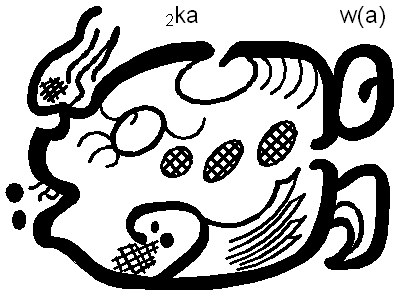
There are indications that from the very beginning, chocolate was regarded as curative and played an important cultural role. While researchers don’t agree which Mesoamerican culture first domesticated the cacao tree, it seems safe to say that people have been doing this since at least 1900 BC.
In November 2008, anthropologists from the University of Pennsylvania announced the discovery of cacao residue on pottery excavated in Honduras that could date back as far as 1400 B.C.E. But what’s even more spectacular about their discovery is that the sweet pulp of the cacao fruit, which surrounds the beans, was fermented into an alcoholic drink – that’s right, people got drunk on chocolate over 3,000 years ago!
“Who would have thought, looking at this, that you can eat it?” said Richard Hetzler, executive chef of the café at the Smithsonian’s National Museum of the American Indian, as he displayed a fresh cacao pod during a recent chocolate-making demonstration. “You would have to be pretty hungry, and pretty creative!”
We don’t have much information about what happened to chocolate after that, until the Aztecs and the Maya. We know that people enjoyed it, because archaeologists have found chocolate residue on numerous pots and vases, but little evidence remains as to how the beverage was prepared. The Olmecs used it for religious rituals or as a medicinal drink, with no recipes for personal use. But they, like the Aztecs, left almost no little written evidence behind. So almost everything we know about it, we had to infer from indirect evidence. The Aztecs actually couldn’t grow cacao themselves, so they had to import
The Aztecs actually couldn’t grow cacao themselves, so they had to import it or ask for it as tribute from the people they conquered. It seems that they drank their chocolate cold, using as an aphrodisiac or as a treat for men after banquets. It was also included in the soldiers’ rations.
Chocolate was consumed by most Mesoamerican civilizations. Notable are the Pueblo people, who unlike the others, considered chocolate a common drink and enjoyed it often, without any deeper purpose.
Ritualistic and medicinal use
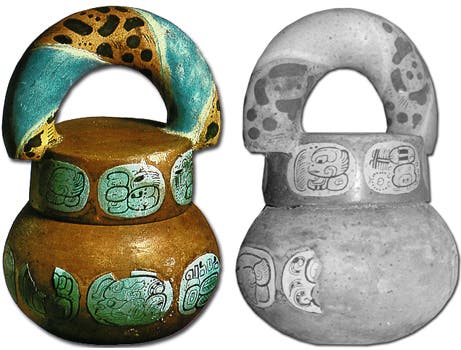
But with the Maya, there’s a different story — the Mayans actually do leave some surviving writings about cacao which confirm the identification of the drink with the gods. They also explain how they prepare it: seasoned with chile peppers and cornmeal, transferring the mixture repeatedly between pots until the top was covered with a thick foam. We know this from glyphic writing found in burial grounds. The Maya prepared bowls of chocolate to be enjoyed in the afterlife. In fact, priests would often prepare chocolate for ritualistic purposes — chocolate and blood were among the most common offerings for the gods. In some festivals, priests would cut their ear lobes and kings would cut their penises with obsidian blades; the blood would drip, covering the chocolate and honoring the gods (Rissolo per. comm. 2005). Baptisms of newborn babies also often included a chocolate ritual, and for different events, there was a different cocoa recipe.
But it wasn’t just for rituals – chocolate was given medicinal credit as well. Both the Mesoamericans and the Europeans who then adopted and changed chocolate believed in its curative properties – everything from reducing fever to helping clean the teeth was attributed to the cacao wonder.
The Florentine Codex (1590 AD) is one of the richest resources on chocolate history. The ethnographic research project was created by Franciscan friar Bernardino de Sahagún, who lived and worked in the ‘New Spain’ for 60 years, collecting valuable recipes and documenting chocolate’s properties. Here’s a translated excerpt:
“[Green cacao] makes one drunk, takes effect on one, makes one dizzy, confuses one, makes one sick, deranges one. When an ordinary amount is drunk, it gladdens one, refreshes one, consoles one, invigorates one. Thus it is said: ‘I take cacao. I wet my lips. I refresh myself’ (Sahagun 1590, 119-120)”.
But the Europeans had a different take on chocolate, and Sahagún’s motivation was to convert locals to Christianity. Sahagún conducted research for several decades, edited and revised it over several decades, created several versions of a 2,400-page manuscript, and addressed a cluster of religious, cultural and nature themes. Ironically, the document didn’t play much of a role in the evangelization of the Mesoamericans, but it is a valuable source of chocolate recipes. The book was forgotten for some 200 years before it was rediscovered by Italian scholars.
But the Europeans found little pleasure in the original chocolate — they couldn’t even chug it down; they hated it. It wasn’t until they took it back to the continent and sweetened it that they started to see its appeal.
European Chocolate

Spanish conquistador Hernán Cortés may have been the first European to encounter chocolate when he observed it in the court of Montezuma in 1519. He didn’t like it. Neither did Columbus, when he encountered it on his fourth expedition to the Americas. So they changed it.
Some would argue that the Europeans actually ruin chocolate, and we may never know if that’s true or not. Upon their return to Spain, they also brought home some chocolate. Respiced with honey and cane sugar, it became a different drink — one that the Europeans loved. But not all of them did.
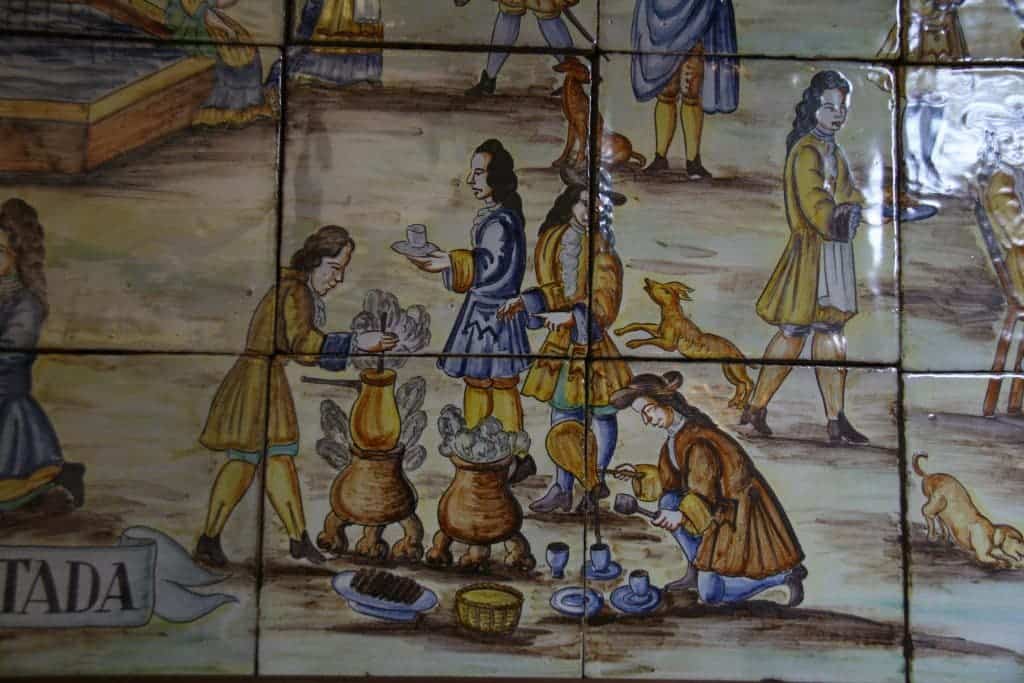
In his History of the New World (1575), Girolamo Benzoni ingloriously states:
“It seemed more like a drink for pigs than a drink for humanity………But then, as there was a shortage of wine, so as not to be always drinking water, I did like the others. The taste is somewhat bitter, it satisfies and refreshes the body, but does not inebriate, and it is the best and most expensive merchandise, according to the Indians of that country (Benzoni 1575)”

Again, chocolate became a drink for the upper classes. The Spanish and Portuguese explorers kept it well hidden from the rest of the world, praising its medicinal capabilities. While the Aztecs and the Maya were in full decline, conquered by European explorers, chocolate was living a different kind of glory.
Fast forward one century and chocolate is now enjoyed by many Europeans. A newly found craze for chocolate brought it (still as a drink) to the Netherlands, England and France. But there was a dark side to this development — the lucrative industry of chocolate brought with it a lucrative industry of slavery, the remnants of which can still be seen today. With the depletion of Mesoamerican workers, largely to disease, cacao production was handled mostly by African slaves. Wind-powered and horse-drawn mills were utilized to speed production, but there was only so much that could be done. The world had discovered chocolate, and it wanted more.
Innovating chocolate
It wasn’t until the industrial revolution that chocolate could be produced at acceptable speeds, thanks to the steam engine. The first steam-driven chocolate mill was created by a man named Debuisson in the early 18th century. But the real chocolate innovation came in 1815, when Dutch chemist Coenraad Van Houten introduced alkaline salts to chocolate, significantly reducing its bitterness. A few years later, he created a press that removed half of the natural fat (cacao butter) from chocolate, which made it easier and cheaper to produce, while making it easier to obtain a consistent quality. You could even call Van Houten the father of modern chocolate.
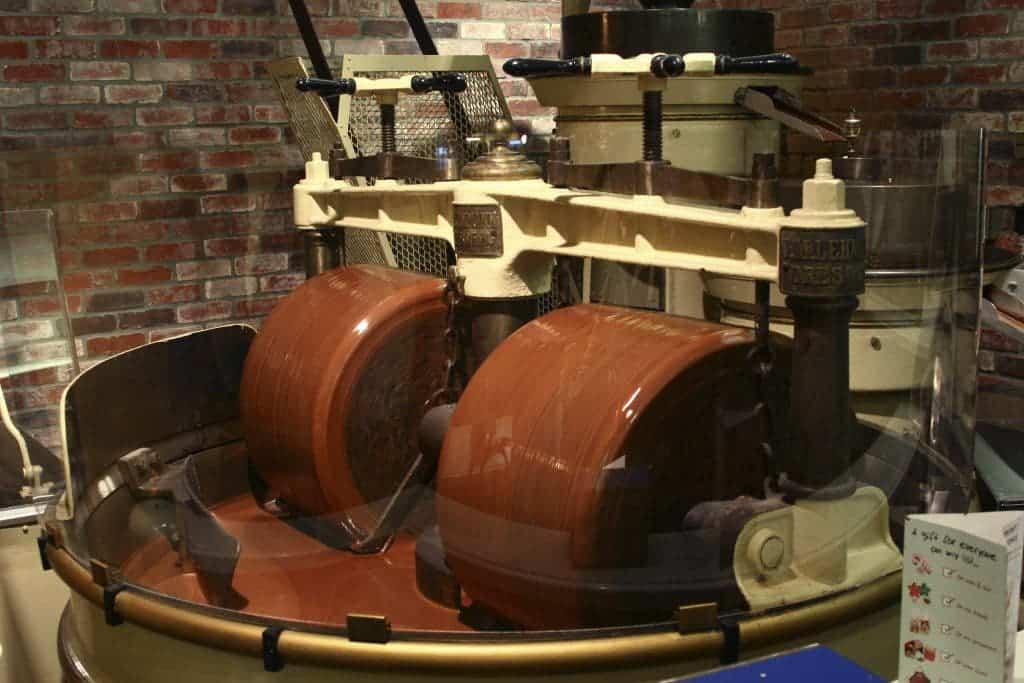
After that, the innovations kept pouring. Most notably, in 1875 Daniel Peter invented milk chocolate. He used a powdered milk developed by Henri Nestlé, and this very invention ultimately led to Nestlé being the biggest food company in the world today. But Nestlé isn’t the only man who’s early experimenting with chocolate left behind huge companies. In 1893, Milton S. Hershey purchased chocolate processing equipment, and a man named Cadbury was manufacturing boxed chocolates in England by 1868. Even today, they are some of the biggest chocolate companies in the world – their legacy is extremely strong to this day.
Chocolate and modern slavery
Not much has changed in the past decades when it comes to chocolate. We mass produce it now, so the entire process has become much more efficient – and cheaper. There are more varieties, plenty of non-chocolate chocolates, but the basic product has remained the same. However, as much as we like chocolate, we should open our eyes and see the truth behind the product.
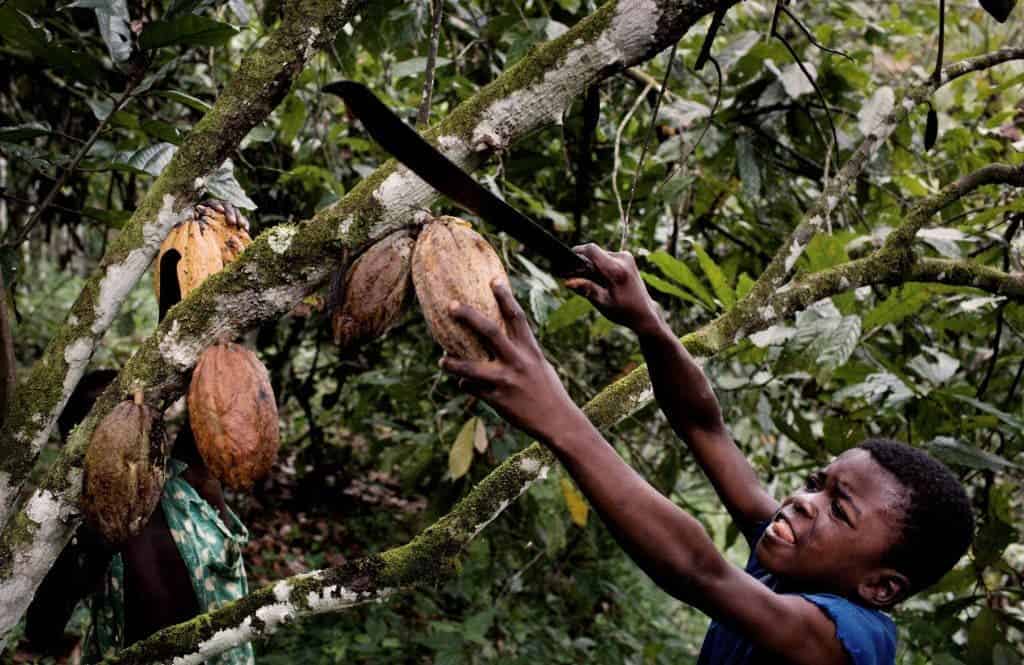
Some 70% of global chocolate production comes from West Africa, which hosts some of the poorest and underdeveloped areas in the world; half of that comes from Côte d’Ivoire, a country with a saddening history of child exploitation and modern slavery. Kids work on cacao farms in Côte d’Ivoire; about 200,000 of them do. Thirty percent of children under age 15 in sub-Saharan Africa are child laborers and more than 1.8 million children in West Africa are involved in growing cocoa. Major chocolate producers, such as Nestle, buy cocoa at commodities exchanges where Ivorian cocoa is mixed with other cocoa. Generally speaking, they have little interest in maintaining a fair trade and eliminating child labor and exploitation – after all, that’s what keeps the prices down.
A 2006 investigation revealed startling figures: 90% of cocoa farms in Côte d’Ivoire use some form of slave labor. When cocoa prices drop, farmers can’t afford to pay workers, so they just buy them; and cocoa prices can vary dramatically, from £500 ($945) to £3,000 ($5,672) per ton in just a couple of years.
All these factors, a poor area where people are desperate to work, high market volatility and a lack of ethics from big producers, have created a new, modern type of slavery. We, the end consumers, are as much to blame for this as anyone.
The future: a chocolate crisis?!
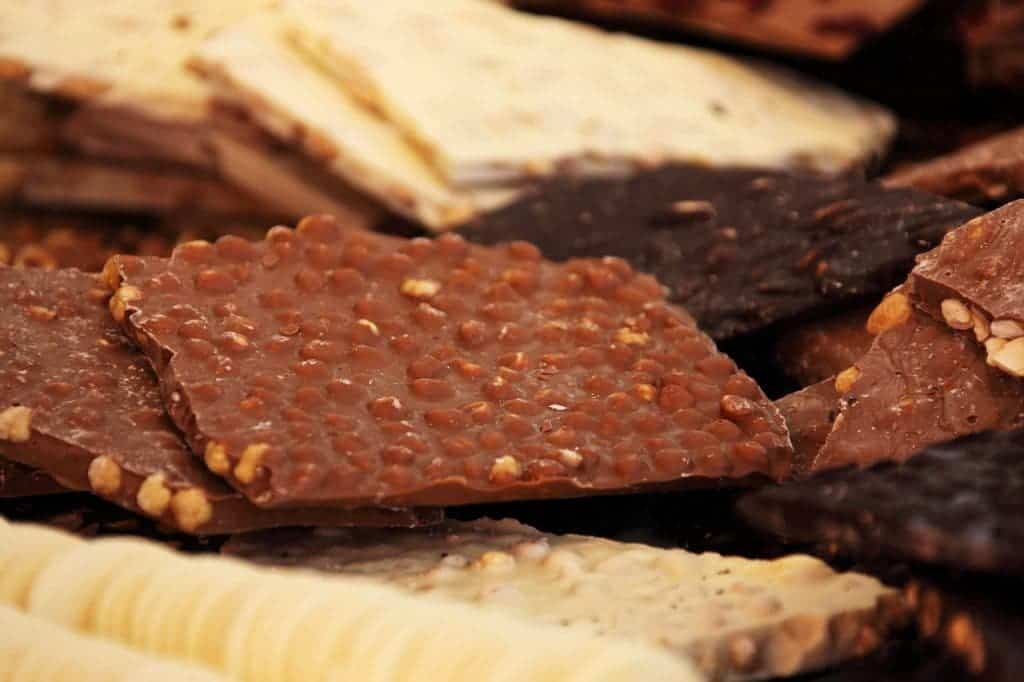
Yes, the world is running out of chocolate, and fast. We may be experiencing a major chocolate shortage in less than a decade. As we wrote in a previous article, the Swiss Barry Callebaut Group, the world’s largest chocolate producer, has joined a host of industry experts in expressing concerns about “a potential cocoa shortage by 2020”. We are already seeing the effects, as chocolate prices have gone up by more than 25% in the past couple of years alone. The Barry Callebaut Group sold more than 1.7 million tonnes of chocolate in 2013/14, an increase of over 11% from the past year; they also announced that they expect to continue this growth, but that the cocoa shortage is becoming more and more imminent.
For the first time in human history, chocolate is no longer a luxury, an expensive product that only some people can afford. Today, most of the planet’s population – pretty much everyone except for the very poorest – can afford it, and that’s quite a problem. We’re simply eating more chocolate than is sustainable. In South America, the market for chocolate expanded by a massive 7 per cent just in 2013! Brazil went from being one of the world’s leading exporters to consuming more than it produces. There is also the political turmoil in West Africa where the cocoa is grown, the recent Ebola outbreak, El Nino predictions and also financial speculation.
The demand is growing more and more. Couple that with the factors above and you get a pretty dire picture. In Europe, the price of cocoa butter is up 70 percent from the beginning of 2014. The same thing is happening in the Americas, and in Asia. In Asia, chocolate prices are up 30 to 40 percent this year. Just as we got used to it, chocolate may become rare and expensive once more.
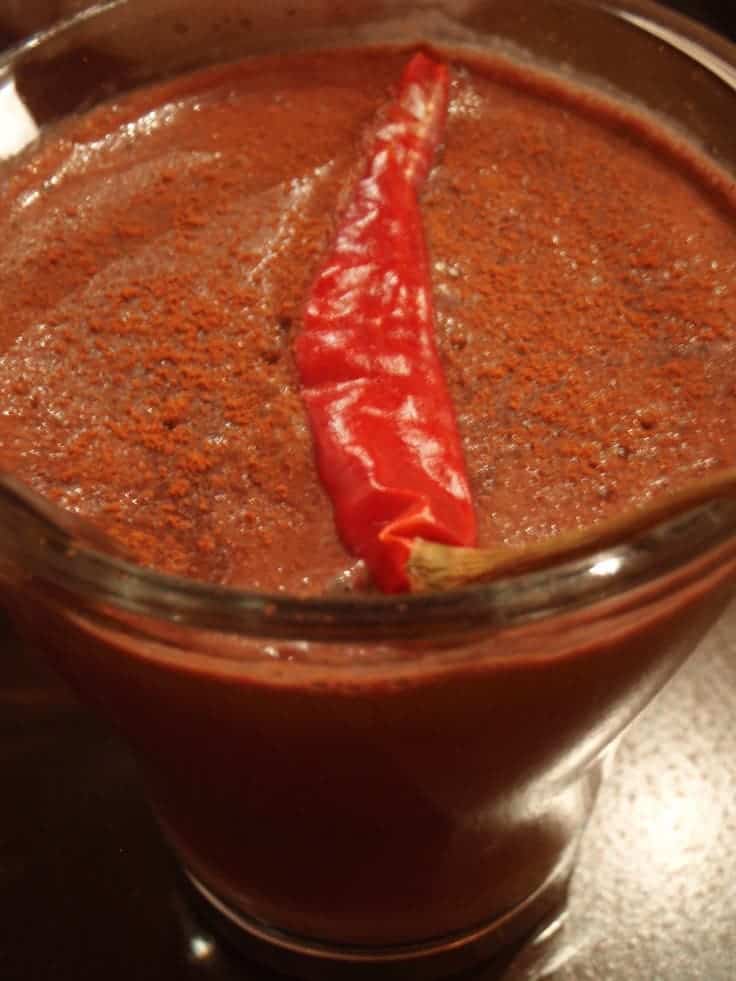
If you want to encourage the sustainable production of chocolate, pay attention where you buy it from. Don’t support child labor and exploitation. Try to buy fair trade products, from workers that have been properly paid. I know it costs a bit more, but you’ll help develop a better for people working in the chocolate industry – and for chocolate itself. For all its past, it definitely deserves a rich future!


